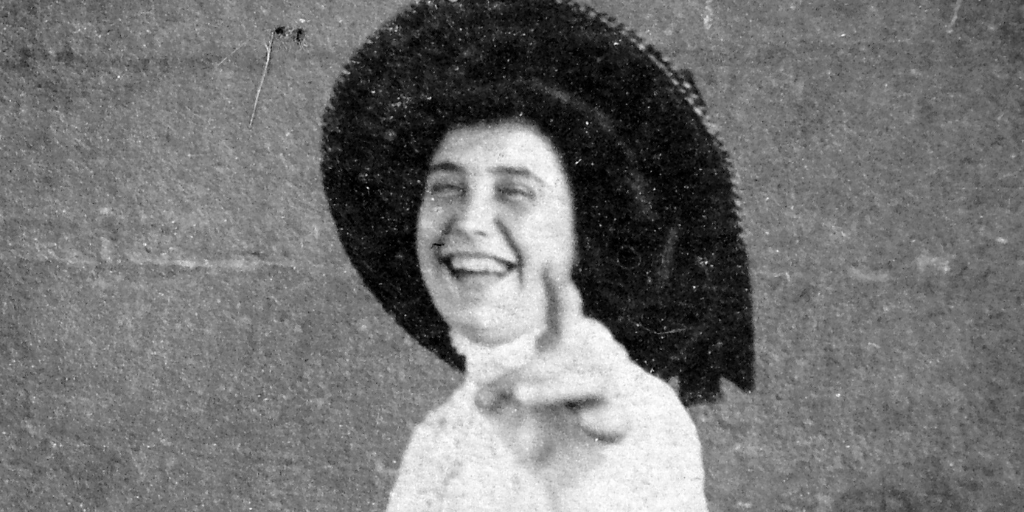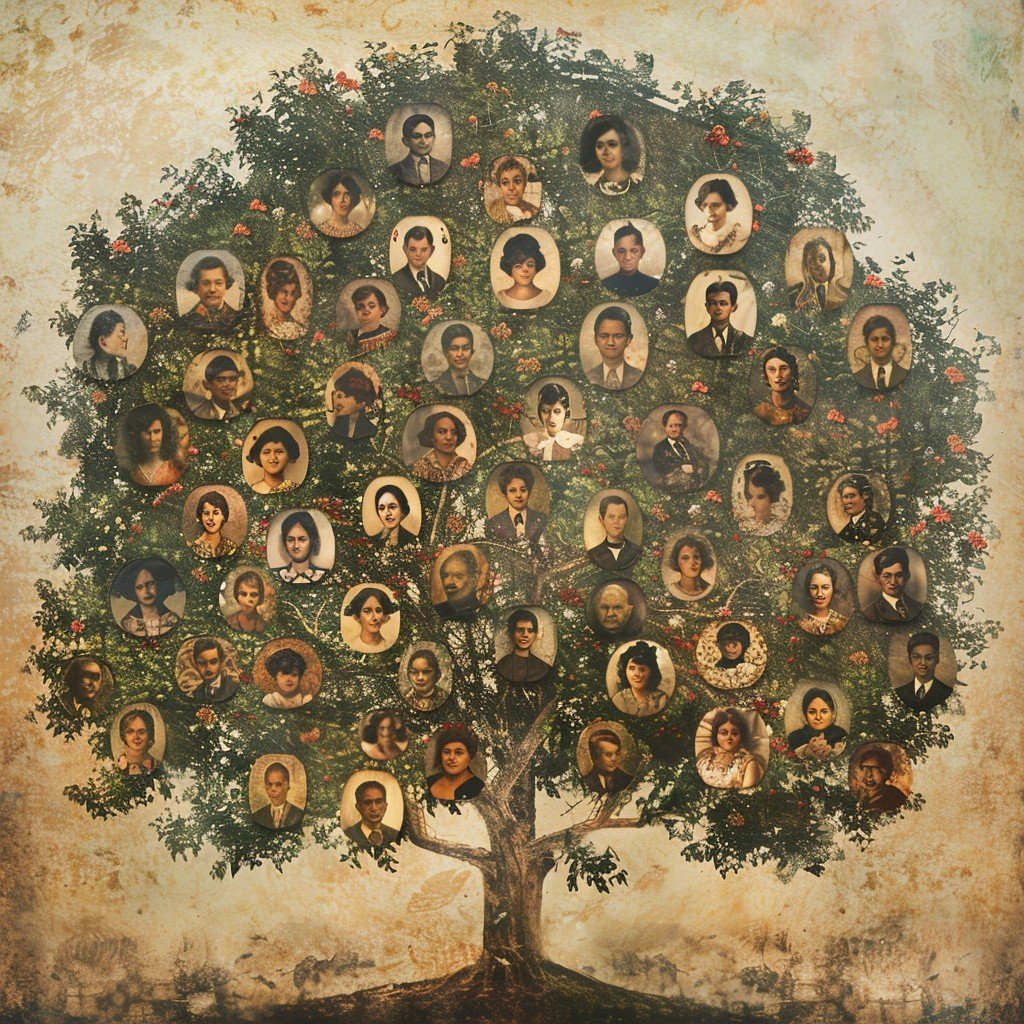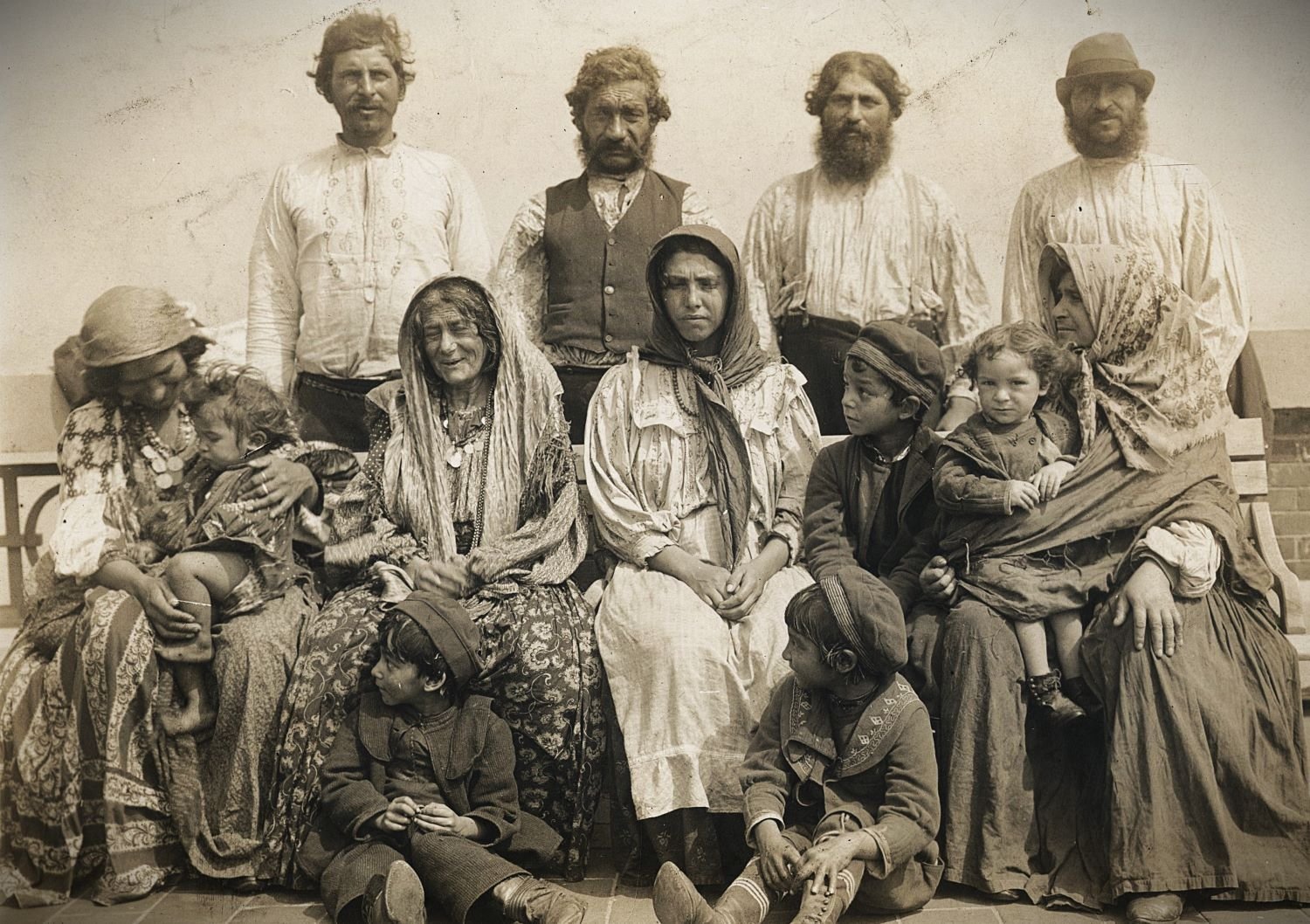Introduction
There was a time when justice had to settle for partial truths. Eyewitnesses forgot faces. Fingerprints smudged. Cold cases froze. But something unexpected happened when ordinary people began sending off saliva samples to learn about their ancestors. Their DNA, casually uploaded to genealogy websites, started cracking the toughest cases in modern criminal history.
This is the story of how a tool built for tracing family trees became a detective’s new best friend. It is a journey through science, crime, and the strangely poetic way our past catches up with us.
The Roots of Forensics: From Fingerprints to CODIS
Long before DNA entered the scene, investigators relied on blood types, bite marks, and fingerprint impressions. While these methods could narrow the suspect pool, they rarely sealed the deal.
The 1980s changed everything. In 1986, in the United Kingdom, a young man named Colin Pitchfork became the first murderer convicted using DNA profiling. The new method, developed by Dr. Alec Jeffreys at the University of Leicester, introduced the idea that genetic material could offer individual-level precision. It was a revolution.
Soon, the United States built CODIS, a nationwide DNA database, using short tandem repeats to match suspects to crime scene evidence. It worked, until it didn’t. CODIS was only helpful when the suspect’s DNA was already in the system. When it wasn’t, cases went cold.
The Birth of Genetic Genealogy
In 2018, that all changed.
When police arrested Joseph James DeAngelo, the infamous Golden State Killer, it wasn’t thanks to CODIS. His DNA wasn’t on file. Instead, it was thanks to distant relatives who had uploaded their genetic profiles to GEDmatch, a public genealogy database. Investigators used those matches to build an extensive family tree. From there, a shortlist of potential suspects emerged. DeAngelo’s name rose to the top.

CeCe Moore, one of the most prominent investigative genetic genealogists today, later explained:
“What we do is take an unknown DNA profile and reverse-engineer it using genealogy techniques. It’s labor-intensive, but when it works, it’s incredibly powerful.”
And work it did. Dozens of cold cases cracked open, some dating back to the 1960s.
How It Works: Science Meets Family History
Genetic genealogy combines autosomal DNA testing with traditional genealogical sleuthing. The autosomal DNA reveals hundreds or even thousands of genetic relatives, most of them distant, all of them potential clues.
Public databases like GEDmatch or FamilyTreeDNA allow users to upload raw DNA data. When law enforcement gains access, often with consent or under specific policies, they can look for shared DNA segments. These are then used to trace back to a common ancestor.
From there, researchers dig through public records, obituaries, census data, and social media. It is the modern equivalent of reading parish logs by candlelight, only with considerably more caffeine.
The Cases That Shook the System
The Golden State Killer case might have been the first to make headlines, but it was only the beginning.
The Bear Brook Murders: A Mystery in the Woods
In the thick woods of Allenstown, New Hampshire, a barrel sat undisturbed for years. Inside were the dismembered remains of a woman and a young girl. That was 1985. Fifteen years later, in 2000, a second barrel turned up just a few feet away. Inside it were two more young girls.
There were no names. No missing persons reports matched. No DNA hits. For decades, the case haunted locals and stumped detectives. Then came genetic genealogy.
In 2017, a genealogist named Barbara Rae-Venter used DNA from the victims and began building out family trees. It was a painstaking process. Bit by bit, through distant cousins and buried records, the identities of the victims emerged. The adult woman was Marlyse Honeychurch, who had disappeared in 1978 with her two daughters. The third child, unrelated to the others, remains unidentified but was likely the daughter of the killer.
That man, Terry Rasmussen, also known as the “Chameleon Killer” for his use of fake names – was eventually linked to the murders. He had died in prison years earlier for a separate crime.

The Bear Brook case became the first time genetic genealogy was used to identify victims before identifying the perpetrator. It’s the case that proved this wasn’t just a crime-solving gimmick. It was a breakthrough.
“The Bear Brook case changed the way I thought about unidentified victims,” said Rae-Venter in an interview. “It made me realize how many families were out there, not knowing what happened.”
The Buckskin Girl: A Face with No Name for 37 Years
In April 1981, a young woman’s body was found along a rural road in Troy, Ohio. She had strawberry-blonde hair, braided pigtails, and was wearing a distinctive buckskin jacket. Despite facial reconstructions and wide media coverage, she remained nameless.
Her case was the subject of speculation and local legend. Some believed she might have been a hitchhiker, others thought she was from out of state. But with no matches in fingerprint or dental databases, she became known only as the “Buckskin Girl.”
Then, in 2018, everything changed. DNA Doe Project volunteers uploaded her DNA to GEDmatch. Through second and third cousins, they were able to build out her family tree. Within weeks, they had her name: Marcia King, a 21-year-old from Arkansas who had never been reported missing.

Her family had believed she was out living her life. No one had any idea she had been murdered and buried under a false identity.
It was the first Doe case solved entirely through genetic genealogy. No fingerprints. No phone calls. Just the quiet, methodical tracing of genes.
Rita Curran: A 52-Year Silence Broken by a Cigarette
In 1971, 24-year-old Rita Curran was found strangled in her Burlington, Vermont apartment. There were no signs of forced entry. No suspects. The case went cold almost immediately.
Decades passed. But investigators had kept one key piece of evidence, a cigarette butt found near the crime scene. In 2014, it was tested and yielded male DNA, but there were no matches in CODIS. In 2023, that same DNA was run through a genetic genealogy workflow.

Within weeks, the trail led to a man named William DeRoos. At the time of the murder, DeRoos had lived just two floors above Curran. He had recently married and told his new wife not to mention he had gone out that night. DeRoos died in 1986 of a drug overdose. His name had never come up before.
The match was confirmed when investigators obtained DNA from a close relative. The truth had been hiding in plain sight for more than fifty years. One unclaimed cigarette brought it all crashing into the light.
Every case felt like a resurrection. Names returned to the nameless. Grieving families, once stuck in limbo, finally had answers.
The Ethical Tightrope
For all its triumphs, genetic genealogy has raised eyebrows – and rightly so.
When the Golden State Killer was caught, GEDmatch had no opt-in system for law enforcement. Users were often unaware that their DNA could be used in a murder investigation. The company later changed its policy, requiring users to actively choose whether their data could be accessed for criminal cases.
Elizabeth Joh, a law professor and expert on surveillance, warns, “Just because something is effective doesn’t mean it’s always appropriate. The balance between public safety and privacy is delicate.”
Should the police need a warrant? What about people whose relatives uploaded their data without their knowledge? These are not hypothetical questions. They are playing out in courtrooms and living rooms right now.
A Glimpse Into the Future
The possibilities stretch well beyond murder cases.
Some experts believe that genetic genealogy could help identify victims of human trafficking, missing persons, or even unclaimed war remains. The Innocence Project is exploring its use in exonerating the wrongfully convicted.
On the tech side, AI is already being used to build more accurate family trees and predict physical traits from DNA. As the science improves, the lines between forensics and genetic forecasting may continue to blur.
But there are limits. As CeCe Moore has noted, “This isn’t magic. It doesn’t work in every case. You still need good detective work.”
The Human Side of the Story
Behind each solved case is not just a lab, but a person. Often a woman, often a genealogist-turned-investigator who spends weeks or months buried in birth certificates, grave listings, and long-lost cousins’ Facebook profiles.
These are people like Barbara Rae-Venter, the retired patent attorney who helped catch the Golden State Killer. Or like countless volunteer researchers working on cases through organizations like the DNA Doe Project.
Sometimes the breakthrough comes from a third cousin in Missouri who thought they were just building a family tree. Sometimes it comes from a public records search late at night that suddenly fits all the puzzle pieces together.
One day, someone uploads their DNA for fun. The next day, a family finds peace, or a killer is brought to justice. It is strange and it is beautiful.
Conclusion
Genetic genealogy is not a miracle. It’s a tool. But it is a tool that has changed what justice looks like. It has given names to the nameless and faces to ghosts that once haunted files in dusty archives.
As long as people keep asking where they come from, and as long as someone, somewhere, is seeking the truth, this work will continue.
The future of justice, it turns out, might just be written in our DNA.





